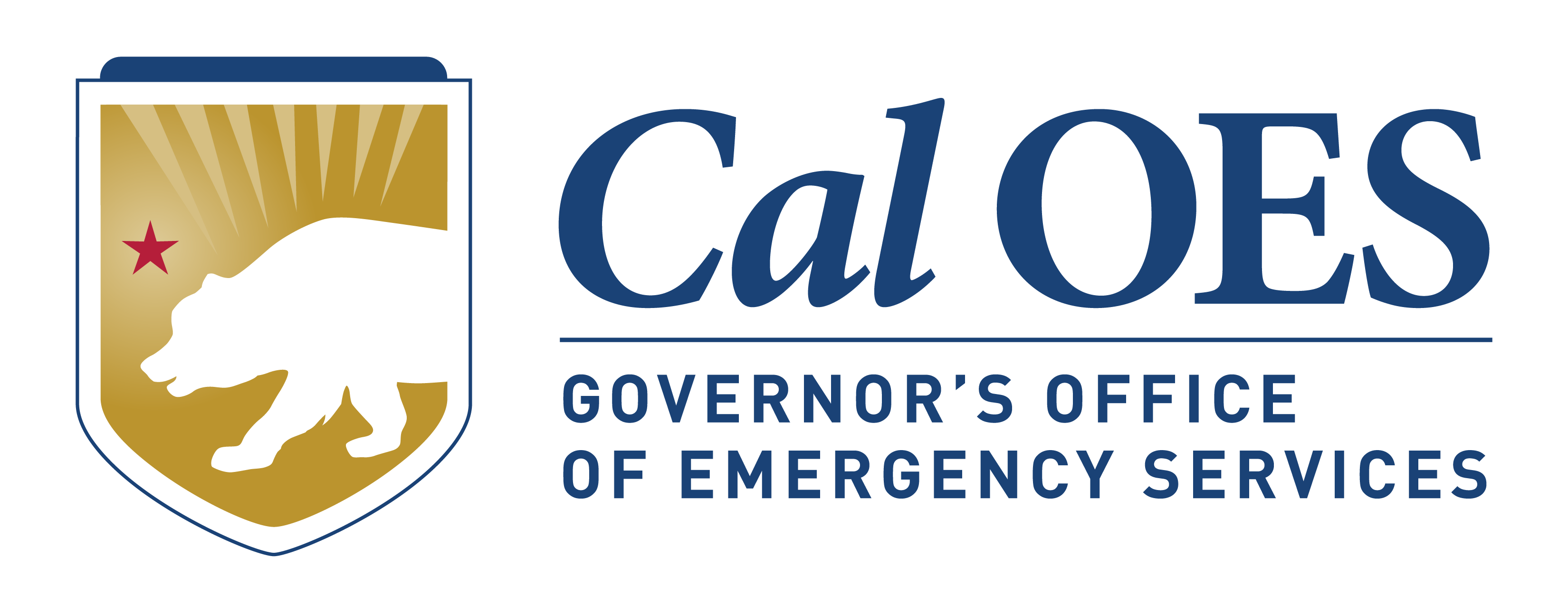Fierce Santa Ana winds, combined with dry brush and dead trees, fueled the start of multiple fires in Ventura, Los Angeles, San Diego, San Bernardino, Santa Barbara and Riverside counties. The first of the southern California wildfires broke out on the evening of December 4, and fires continued to burn in numerous counties while ongoing dangerous weather conditions persisted. Thousands of acres burned destroying infrastructure, residences, and prompted mass evacuations. The fires closed several major highways, cancelled schools, and threatened historical landmarks.
The State Operations Center activated around the clock to coordinate resources to support the communities affected by fires. State, local and federal agencies continue to work together to support emergency management and recovery efforts.
In support of the wildfires, Oregon, Montana, Utah, Idaho, Texas, New Mexico and Washington sent engines coordinated through the Emergency Management Assistance Compact (EMAC) and an interstate compact to assist with state resources.
As of December 28, the largest wildfire in California history, the Thomas Fire, has destroyed 281,893 acres and is 91% contained.
Thomas Wildfire Incident Information
For Shelter Information, Click Here
Los Angeles – Skirball and Creek Fires
Creek and Skirball Fires: Public Information Frequently Asked Questions (updated 12/07/17)
Additional Resources
Understanding Individual Assistance and Public Assistance
The Federal Emergency Management Agency may provide two types of assistance, following natural disasters with a presidential disaster declaration: Individual Assistance and Public Assistance. Understanding Individual Assistance and Public Assistance – En Español
After the Fire: Advice for Salvaging Damaged Family Treasures
When evacuating, never risk your personal safety to save belongings. When returning after a fire, wear protective clothing and eyewear to handle items. Hazardous particles may still be in the air and structures will likely be unstable. FEMA has additional tips and resources to salvage personal items that have survived fires.
National Wildfire Coordinating Group Map
Check fire conditions where you live
How Does This Wildfire Season Compare?
California has endured some of the worst wildfires in United States history. Find out from CAL FIRE how this wildfire disaster compares to other major incidents.
California Wildfires Create New Danger: Hazardous Debris
Statewide wildfires that scarred communities across Northern and Southern California now pose a new threat. As changing weather patterns and tireless work of more than 11,000 firefighters boost containment lines, communities devastated by the fires face potential health risks associated with the improper handling of fire debris.
Governor Brown Issues Executive Order to Help Cut Red Tape, Expedite Recovery Efforts in Communities Impacted by Wildfires
Governor Edmund G. Brown Jr. today issued an executive order to cut red tape and help streamline recovery efforts in communities impacted by the devastating wildfires that have burned across California over the past ten days.
State Health Officer Urges Caution During Wildfire Cleanup
California Department of Public Health (CDPH) Director and State Health Officer Dr. Karen Smith today advised residents of recently burned areas to use caution in cleaning up ash from recent wildfires. (en español)
- Disaster Recovery Center Opens in Yuba County- Español
- Sonoma County Residents May Register for Disaster Assistance – Español
- Napa County Residents May Register for Disaster Assistance – Español
- State FEMA Disaster Recovery Center Open in Sonoma County – Español
Wildfire Recovery Resources and Information for Immigrants
The California Immigrant Guide website has wildfire recovery resources and information from the California Department of Social Services, Employment Development Department, Cal/OSHA, California Department of Food and Agriculture, California Department of Public Health, California Department of Insurance, California State Bar and more.
Find Immigration Services programs and funding initiatives necessary to support legal services, outreach, community education, and other immigrant integration efforts
Guide to Disaster Assistance Services for Immigrant Californians
Guide to Disaster Assistance Services for Immigrant Californians – Español

